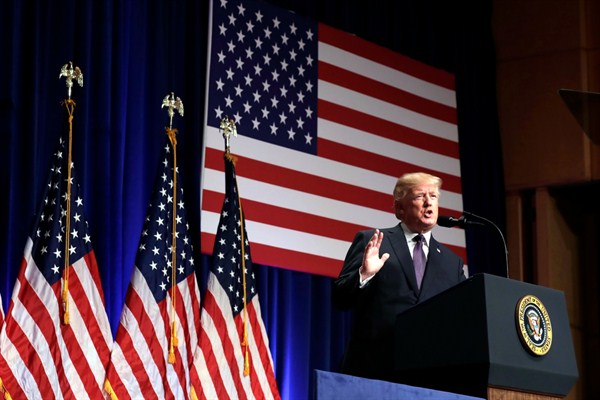A quick survey of the security landscape for 2018 leaves little doubt that the North Korean crisis will continue to be a U.S. national security priority. Some are hoping to dial back the momentum toward a showdown, urging the Trump administration to take a deep breath before making more rhetorical pronouncements. But there are ample signs that the big machine of the U.S. government is preparing for all contingencies, including military action.
What about other threats? President Donald Trump’s new National Security Strategy, released last month, takes the longer view, and is helpful mainly in determining what is on his administration’s to-do list. It’s not intended to be an action plan, but a broad conceptualization of the president’s view of American interests and objectives—and the means to achieve them.
The strategy logically begins at the top. Are there any peer competitors or rivals to American power? It describes Russia and China as the states that “challenge American power, influence and interests.” It asserts as simple fact that the U.S. will remain superior by measures of military and political power, and mostly avoids sharp Cold War-like language suggesting that these states could pose an existential threat to America and its way of life.

